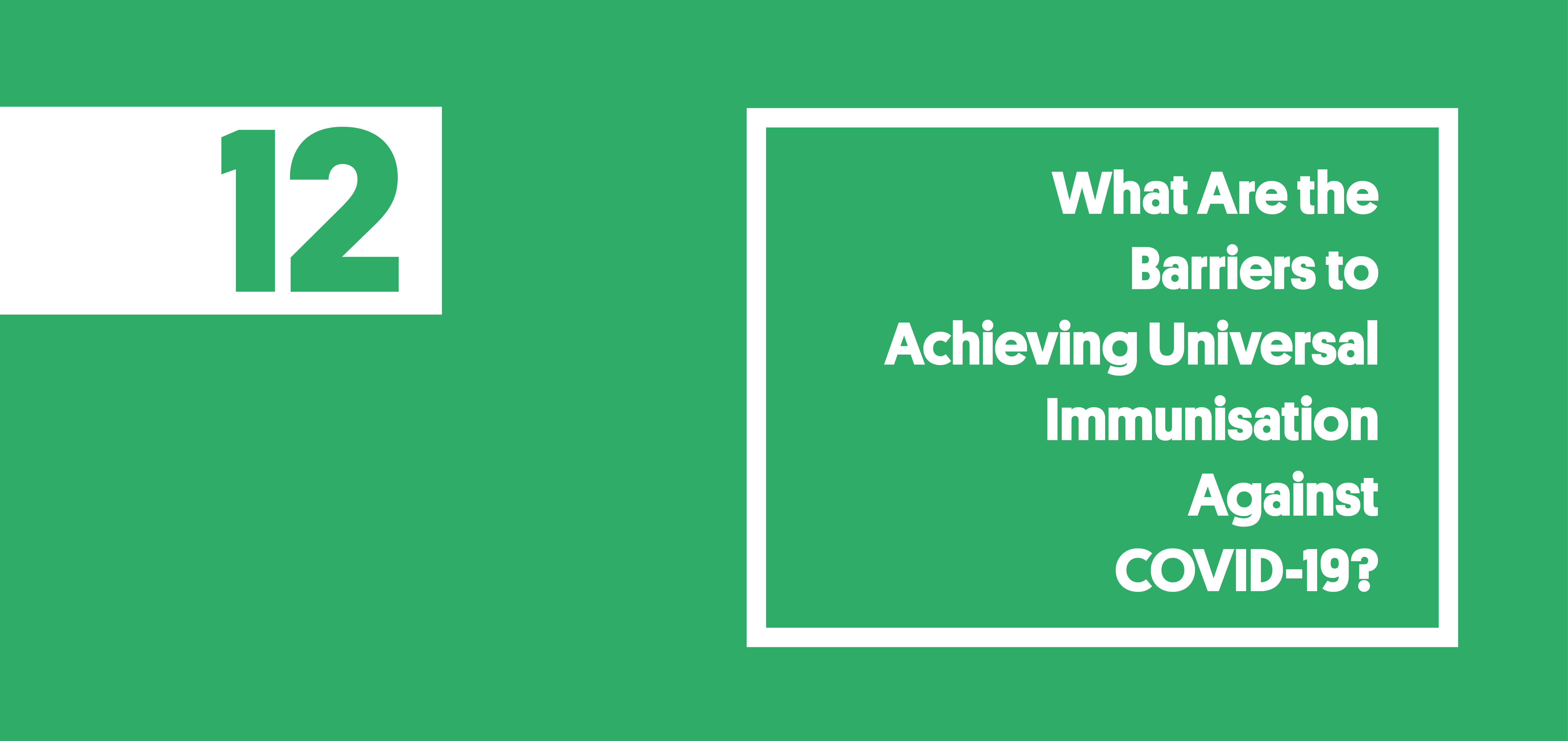What Are the Barriers to Achieving Universal Immunisation Against COVID-19?
Serie | COVID-19 y estrategia de respuesta #12
04.06.2020This document is part of a series of discussion notes series of discussion notes addressing fundamental questions about the COVID-19 crisis and response strategies. These documents are based on the best scientific information available and may be updated as new information comes to light.
This publication is written by Rafael Vilasanjuan, Director of Policy and Global Development at ISGlobal, and Adelaida Sarukhan, who has a PhD in immunology and is a science writer at ISGlobal. The text adresses the challenges to ensure that the new coronavirus vaccine reaches the entire population in a fair and equitable manner.
All vaccines are based on the same principle: inoculation with an inactivated pathogen or parts of it to train our immune system to recognise the target organism and generate antibodies that will to protect us against future infections. However, each pathogen has its own particular characteristics and developing a vaccine against a new virus involves identifying which part of the pathogen should be administered and the best strategy for generating the highest level of immunity for the longest period possible. The development process starts with pre-clinical studies in the laboratory and in animal models before moving on to clinical trials in humans. In phase 1 trials, the safety of the candidate vaccine is tested in a small number of volunteers. In phases 2 and 3, investigators assess the efficacy of the vaccine and confirm its safety on a larger scale. Normally, the whole process takes at least 10 years and many candidate vaccines are abandoned along the way because they prove to be either unsafe or ineffective.
In the case of the novel coronavirus vaccine, the aim is to compress the whole process into an 18-month time frame. One way to do this is to use strategies that have already been tested with similar viruses. Another approach is to combine the phases to test the vaccine in a larger number of people. This is how three of the more than 90 coronavirus vaccine candidates have already entered phase 2 trials following promising but preliminary results in phase 1. However, none of these three candidates use technologies already approved for use in humans: one is based on gene sequences of the virus and the other two use a virus that cannot replicate as a vehicle for delivering coronavirus proteins, a method that presents an additional challenge in that it has never been used before. This makes it even more important to support the development of a number of different vaccines, which could ultimately be complementary. Despite the urgency of the situation, the consequences of introducing a vaccine into the market without sufficient guarantees of safety and efficacy would be disastrous for the COVID-19 pandemic and could also fuel the lack of confidence in vaccines that is already affecting a section of the population.
Now, let us suppose that everything goes well and the safety and efficacy of one or more of these vaccines can be demonstrated before the end of the year. This does not mean that the vaccines will be immediately available to the population. First we will have to overcome three major obstacles quite unrelated to the purely scientific challenges: large-scale production, the governance of the process, and the ownership of the vaccine.
The paradox of the race against COVID-19 is that the scientific challenges are perhaps the easiest obstacles to overcome. The most difficult and complex challenges arise once a vaccine has been developed: the manufacture of enough doses of the vaccine and their deployment prioritising the groups most in need while ensuring that all the world’s countries can acquire the vaccine regardless of their resources.
It is for these reasons that ISGlobal emphasises three basic recommendations during this process:
- Public and private donors should ensure adequate funding for the development, production and deployment of one or more effective COVID-19 vaccines. This funding effort should make use of all the traditional and innovative mechanisms that can serve to achieve these objectives.
- The governance of the entire process should be based on the full and transparent participation of all the countries concerned, but also take advantage of the opportunity offered by new forms of organisation such as ACT-Accelerator, an initiative that combines the efforts of experts, the industry and international bodies. A reformed and strengthened World Health Organisation can contribute to the vital leadership demanded by the challenge of immunisation.
- In the management of intellectual property rights, the legitimate benefit of patent owners should be subordinated to public health objectives and the right of all countries and populations to an effective vaccine against COVID-19. To this end, governments should make use of the flexibilities provided for in international agreements.
Even if a vaccine is approved within a year, it is unlikely that it will be available for deployment within that time frame. However, even without a vaccine, there is hope, as we have seen in the case of HIV. It will probably take much less time to identify antiviral treatments that already exist on the market which can help to reduce the severity of symptoms, speed up recovery, or decrease the transmissibility of the virus. Treatment, together with good diagnostic and contact tracing tools, can make a huge difference, even without a vaccine.




